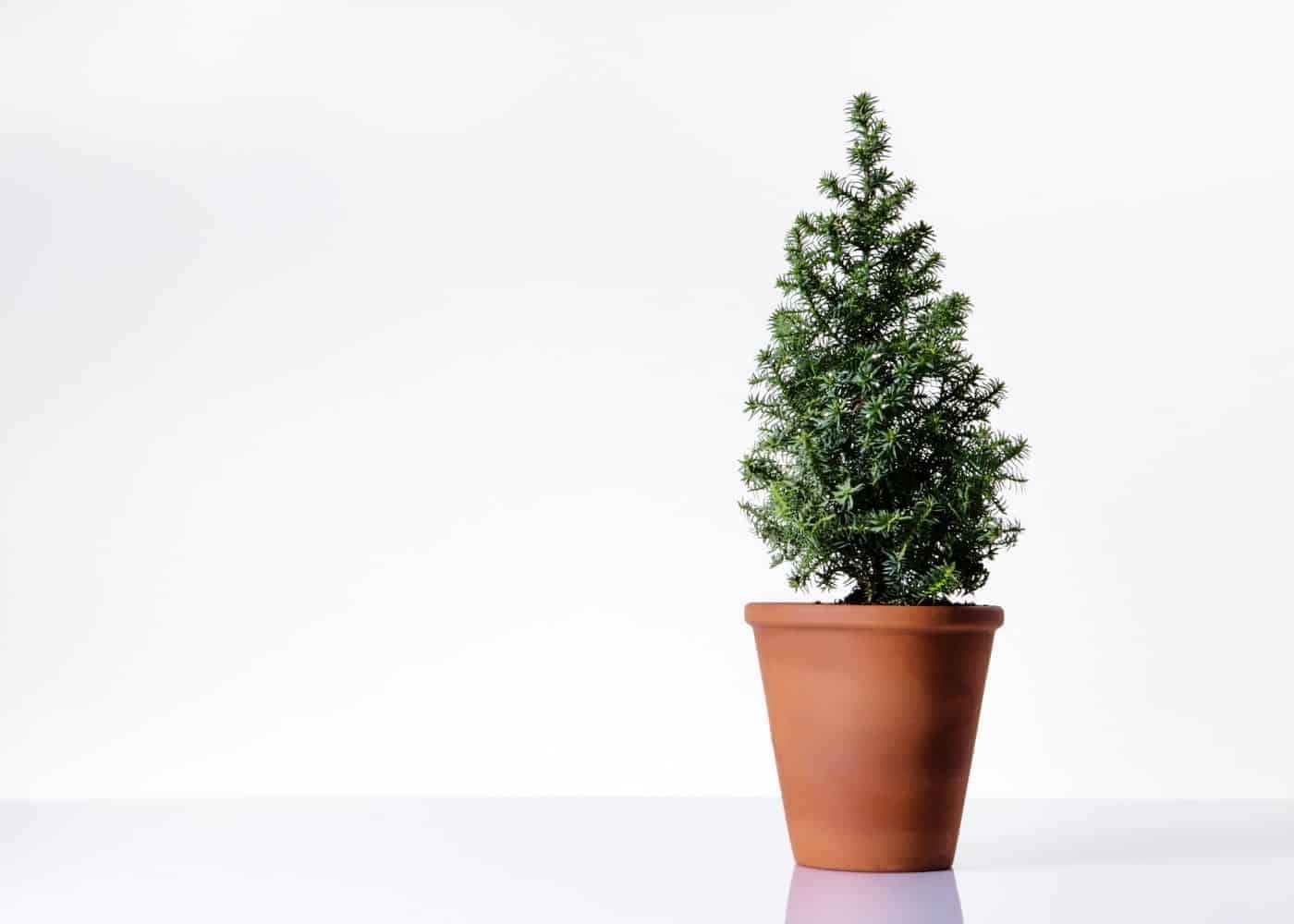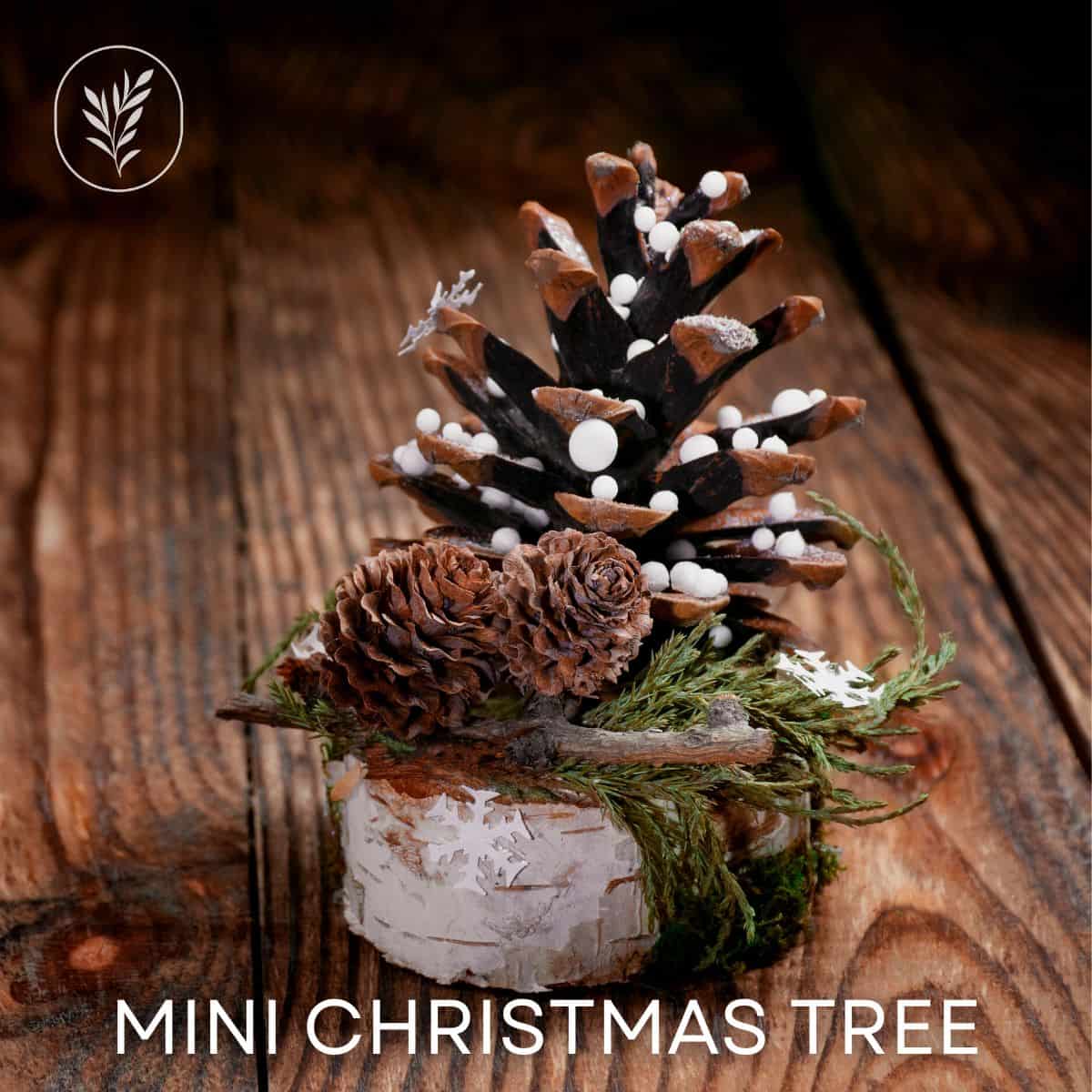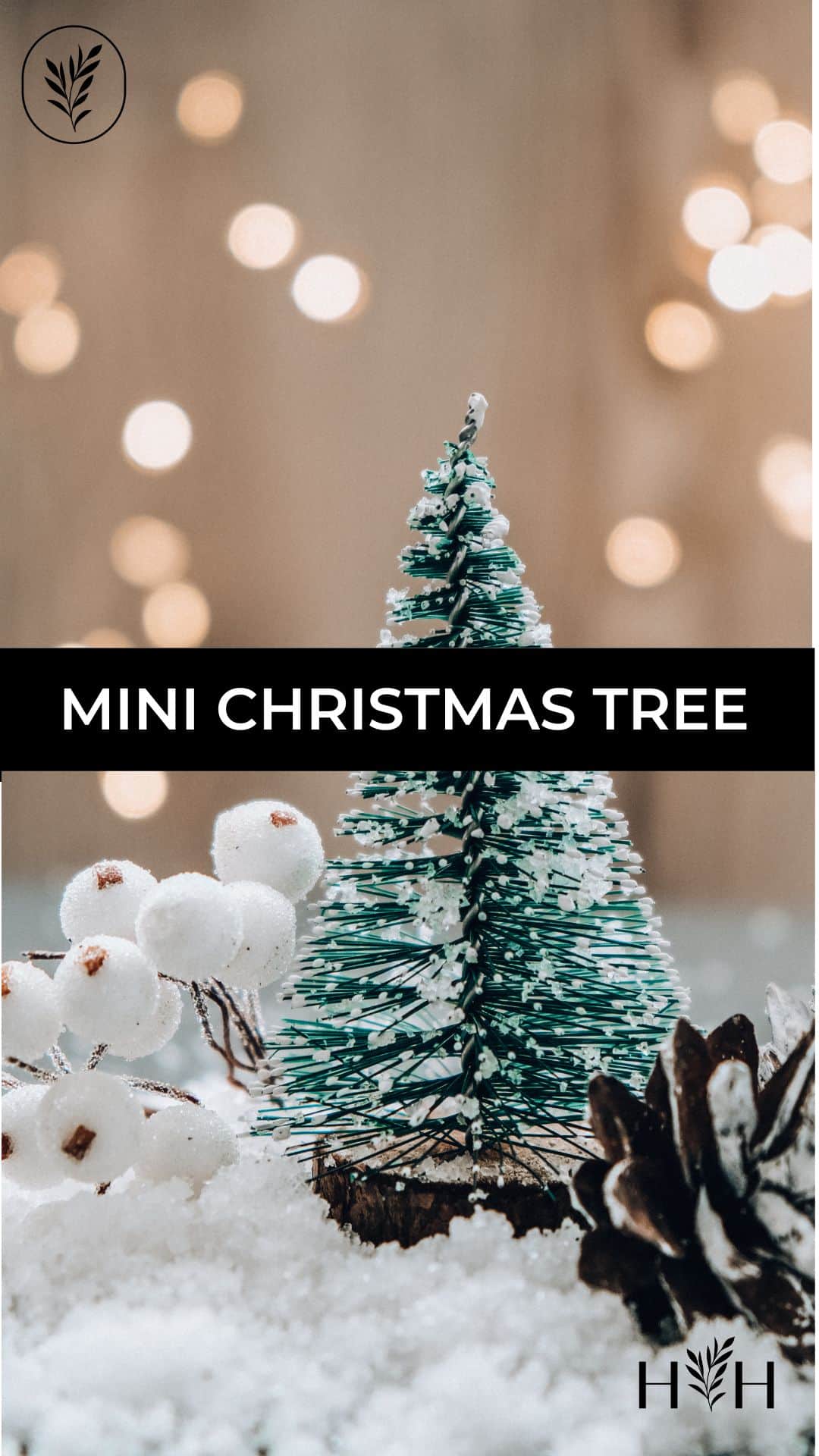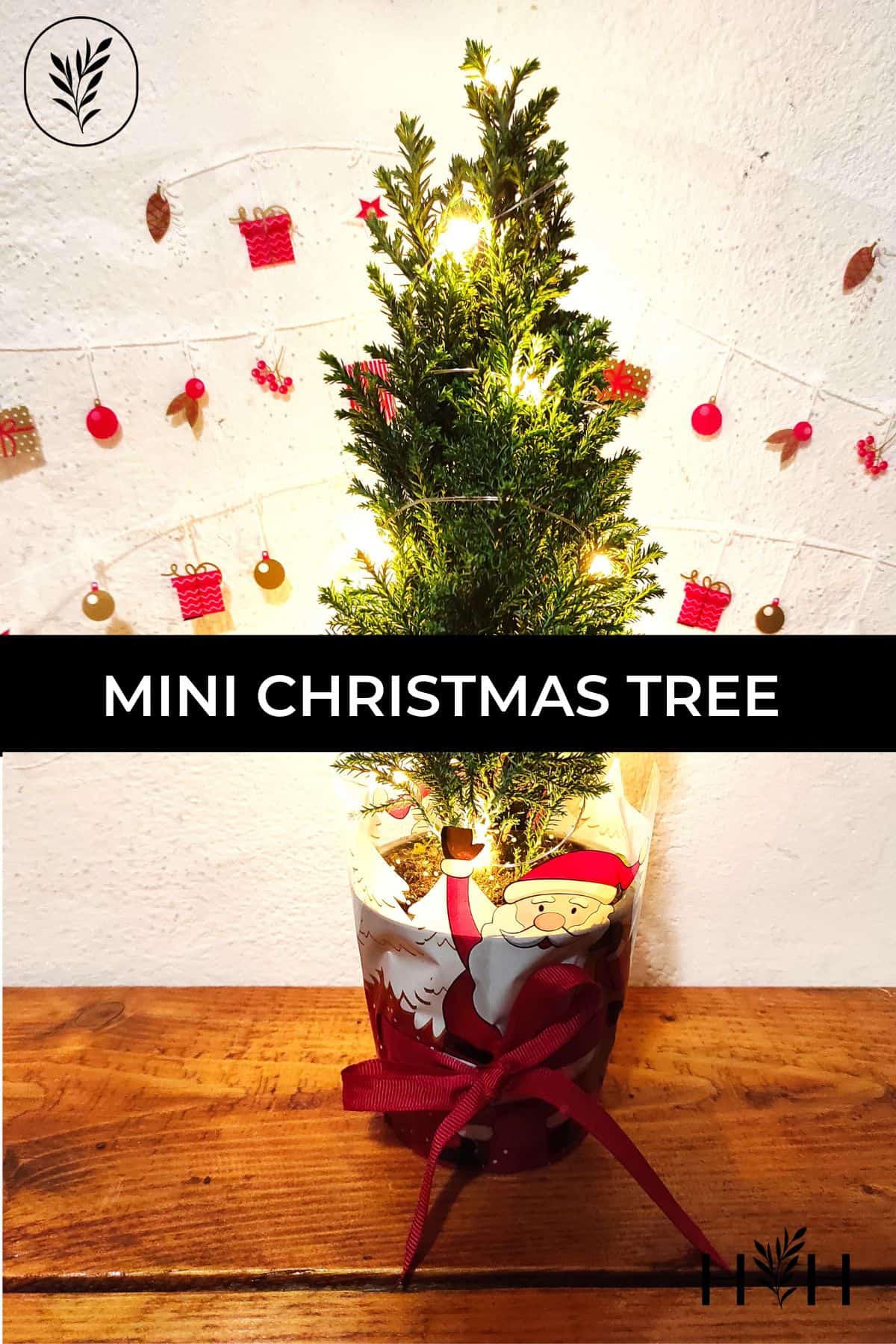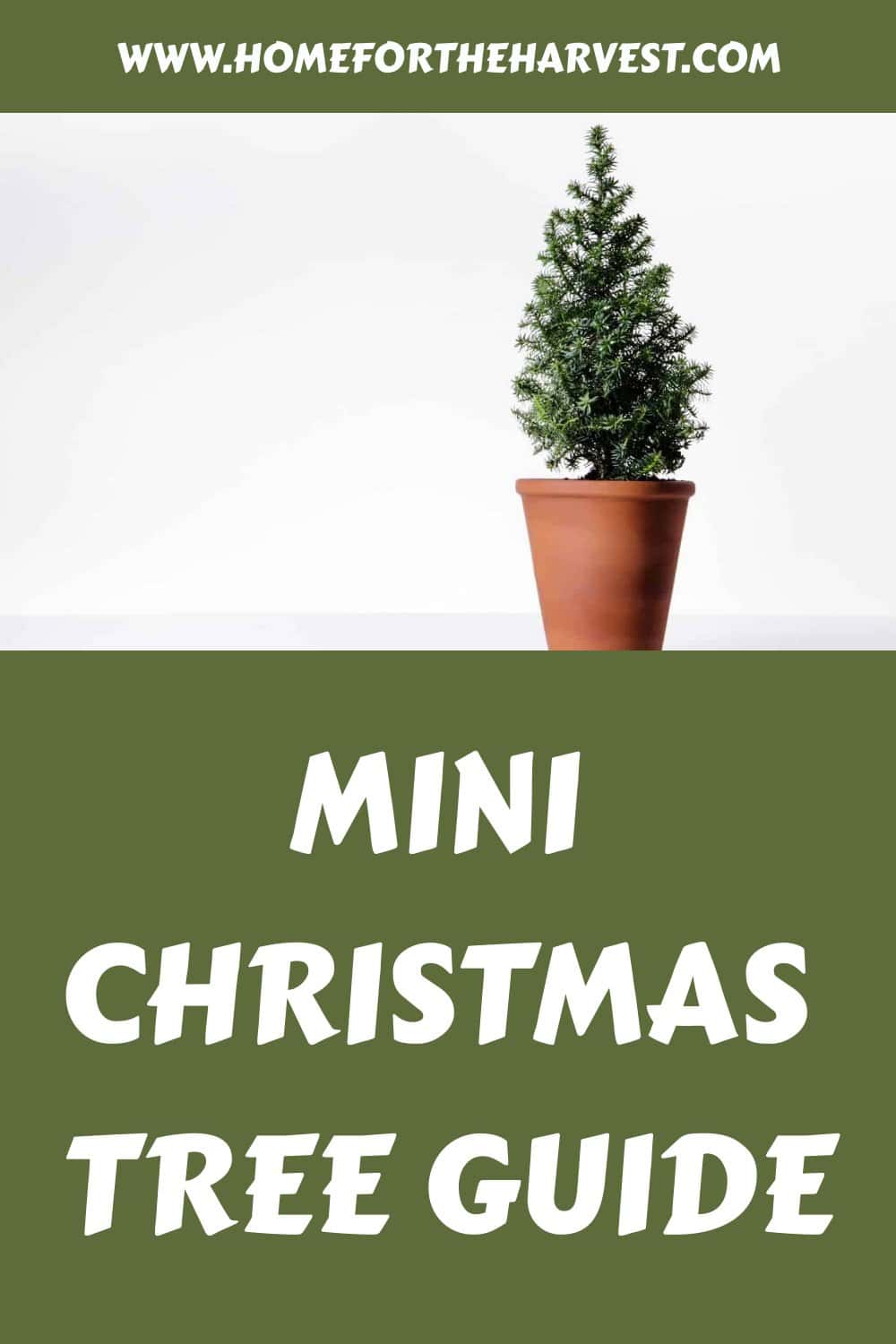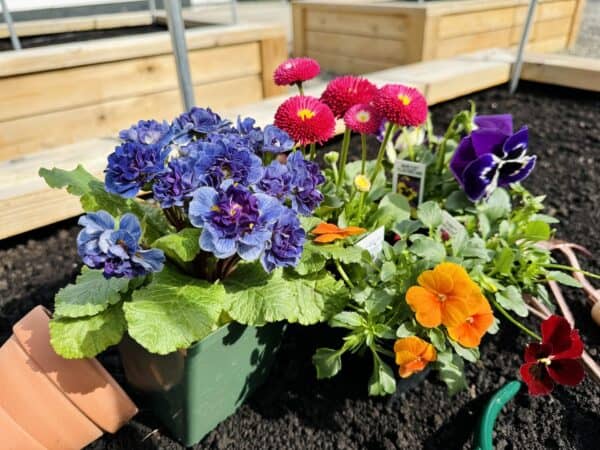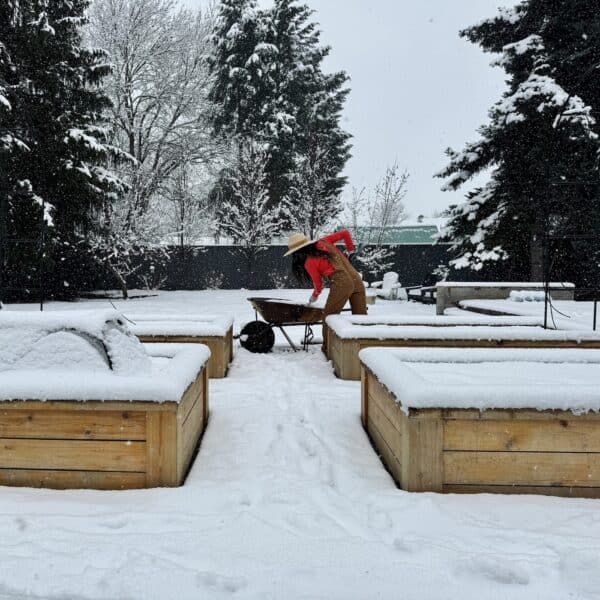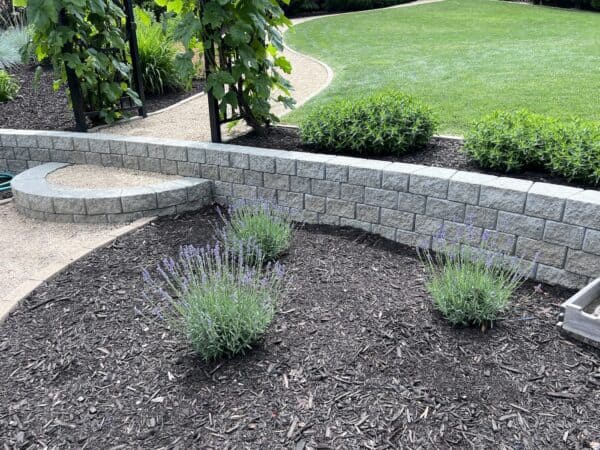The “mini Christmas tree” is this year’s must-have Christmas decor trend. Fortunately, there are quite a few options to choose from in terms of the trees themselves and how to decorate them.
Mini Christmas trees are available as fresh trees or faux trees. Most fresh options are mini potted trees that can be transplanted outdoors after the holidays. Many faux options come pre-lit with either white or multi-colored lights. Most mini Christmas trees are dwarf pine, fir, or spruce trees.
Read on to learn all about mini Christmas trees!
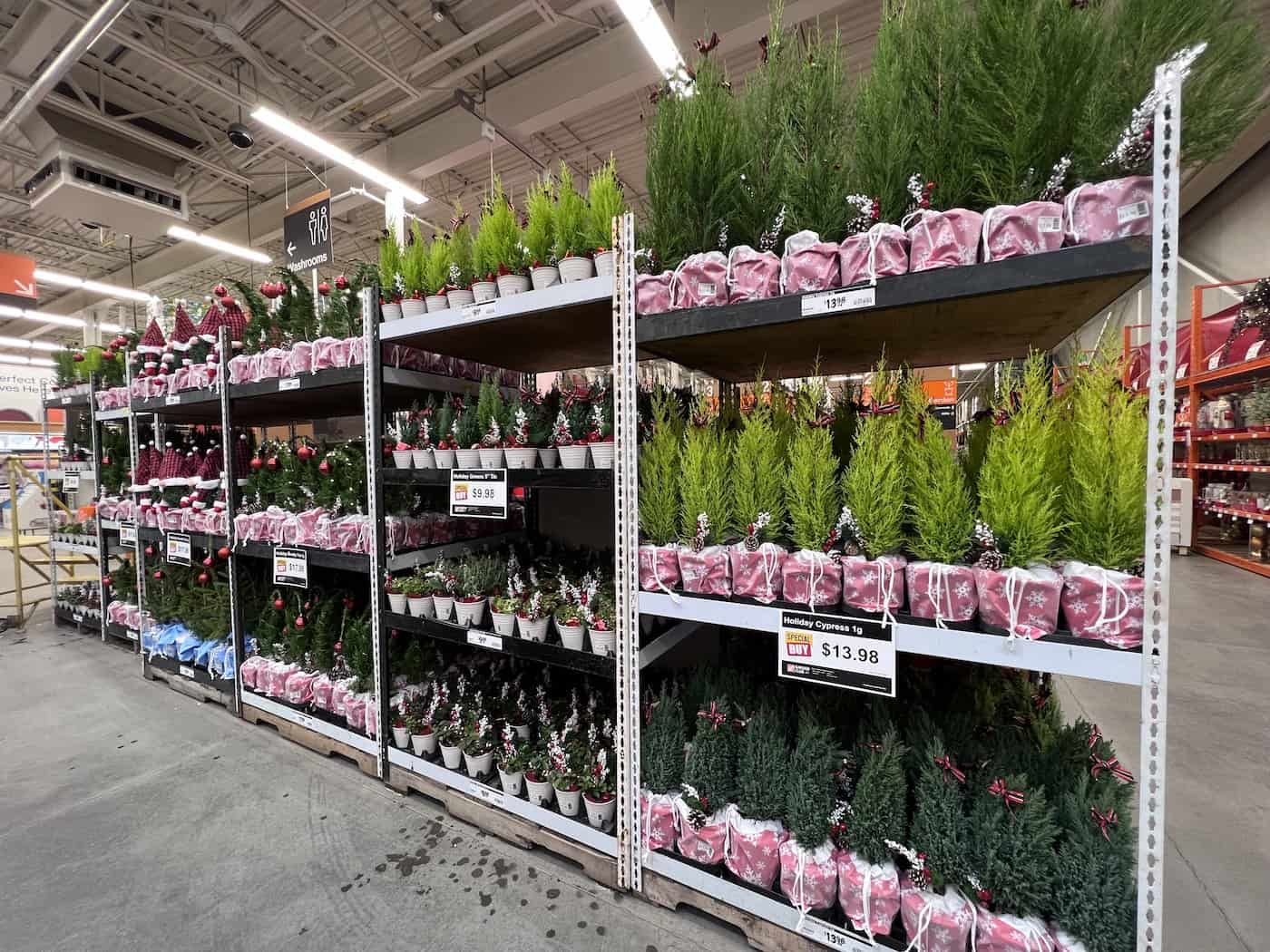
Mini Christmas trees: Fresh vs. Faux
The first option when choosing a mini Christmas tree is a fresh real tree or a faux artificial tree. Fresh-cut trees are a classic option for bringing a small tabletop tree into your space. Choose a potted live tree if you’d like to plant it outdoors after the holidays (see details later on in this article). Faux trees are perfect for those who’d like to use the same mini tree year after year.
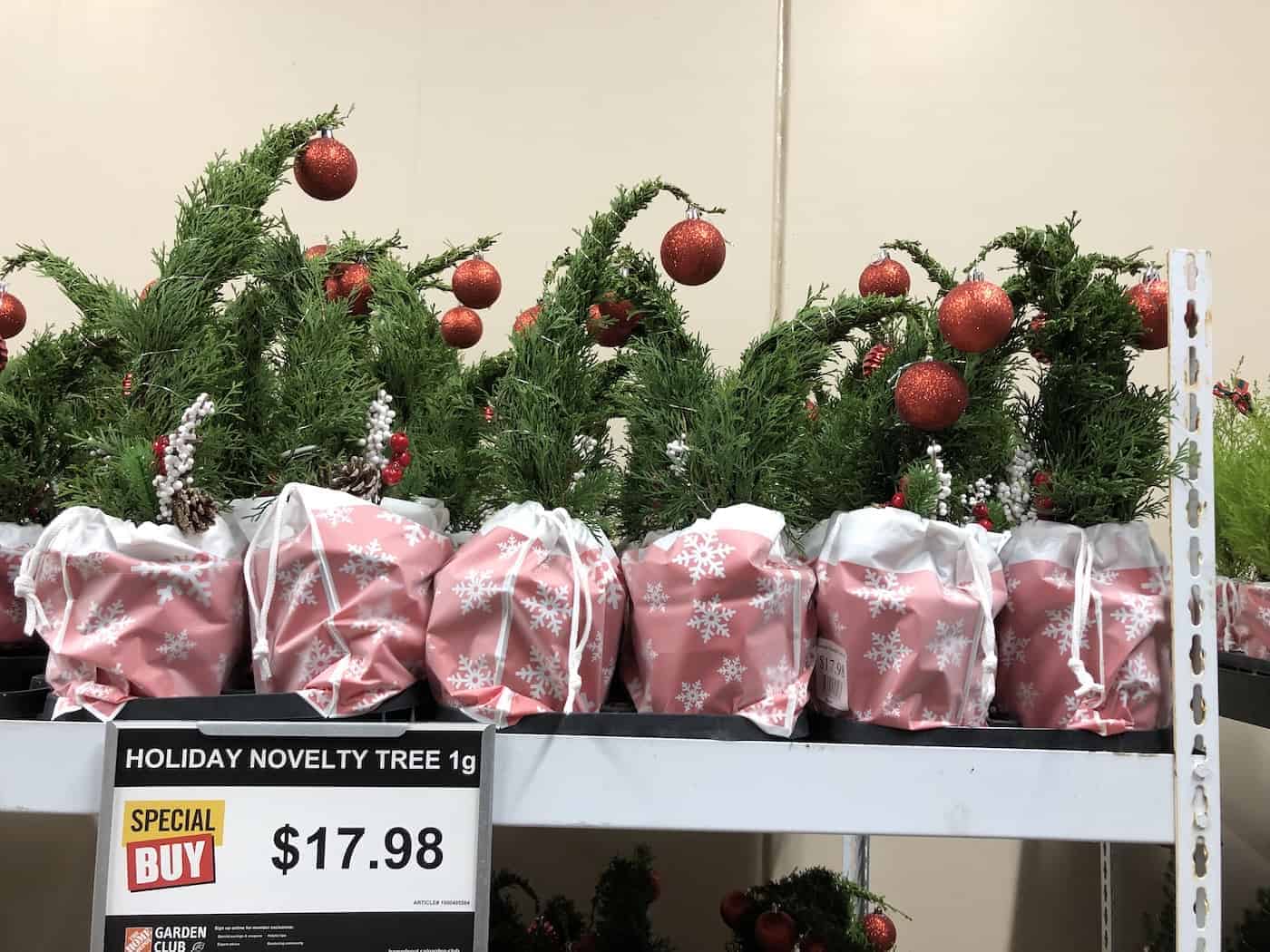
Caring for live mini Christmas trees indoors
The most important part of caring for live and fresh-cut mini Christmas trees is to keep them well-watered. Place cut trees in a basin of clean tap water inside the box or bucket they are positioned in. Potted mini Christmas trees generally have an inner plastic nursery pot that can be slipped out of the decorative outer planter. Take the whole mini tree over to the sink and water it every few days. Let the excess water drain out the bottom drainage holes before placing the tree back into the outer decor planter.
Humidity is key to the health of mini trees when kept indoors. These trees are not well-suited to dry indoor air. Consider adding a plant humidifier nearby (you can even use this Christmas Tree Essential Oil Blend to boost the holiday scent).
Mini Christmas trees generally don’t require fertilizer or plant food in the first month or two. Potted Christmas trees can be fed with all-purpose plant food or with an organic houseplant fertilizer. You can also use a starter fertilizer when transplanting the mini tree outdoors.
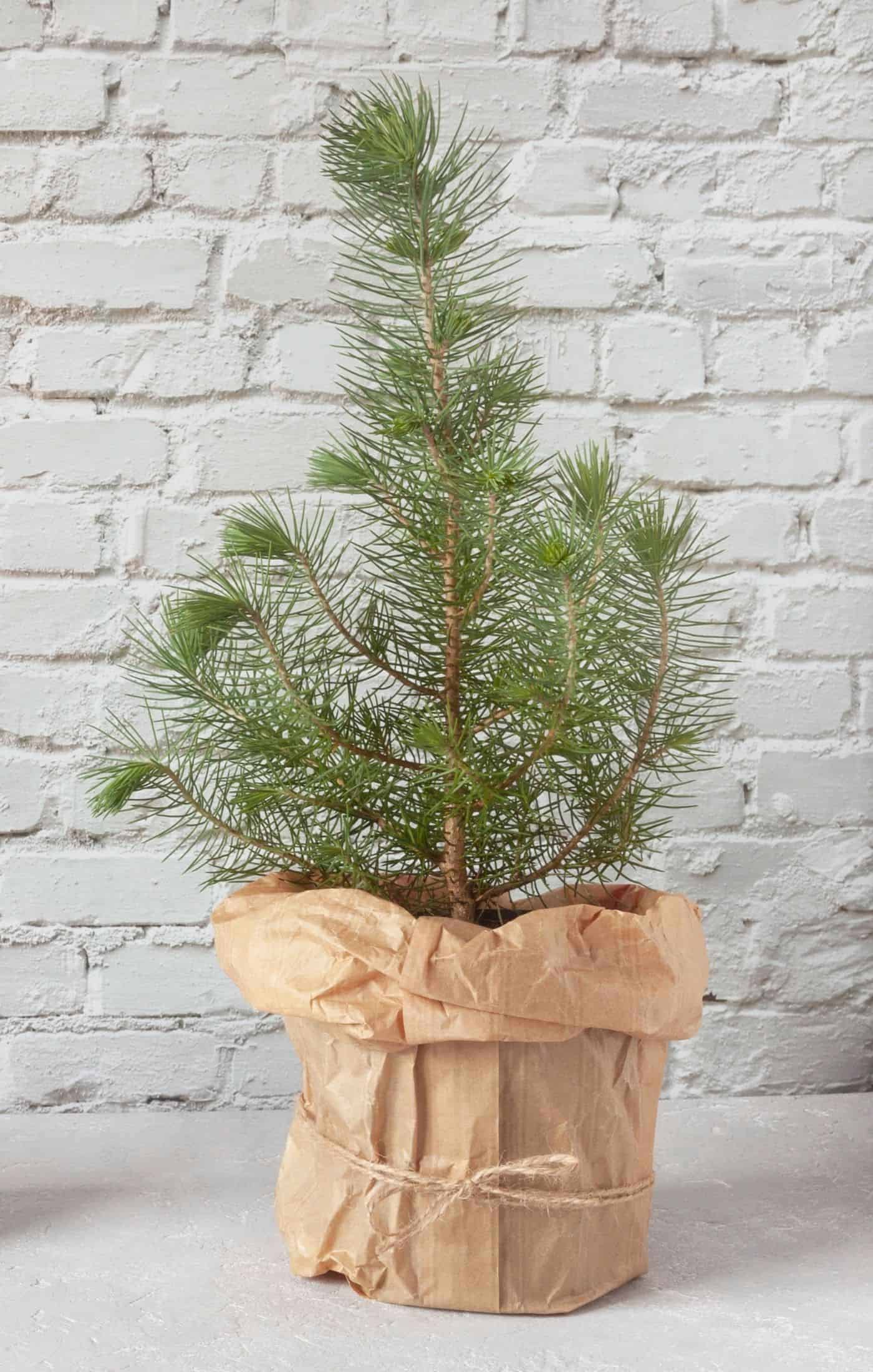
How to decorate a mini Christmas tree
Decorating a mini Christmas tree involves finding Christmas lights with a very thin wire as well as small decorations that are in proper proportion to your tree and aren’t too heavy for the small branches. Lightweight lights like LED Twinkle Lights are a great option (if you can find them in short 6′-10′ lengths). Lights with silver wire or gold wire may add a bit of twinkle to the tree. Twinkle lights can be battery-operated or plug-in LED lights.
Mini Christmas tree decorations
Mini Christmas trees need mini decorations! Most big box stores have a variety of tiny ornaments that work well on a mini tree.
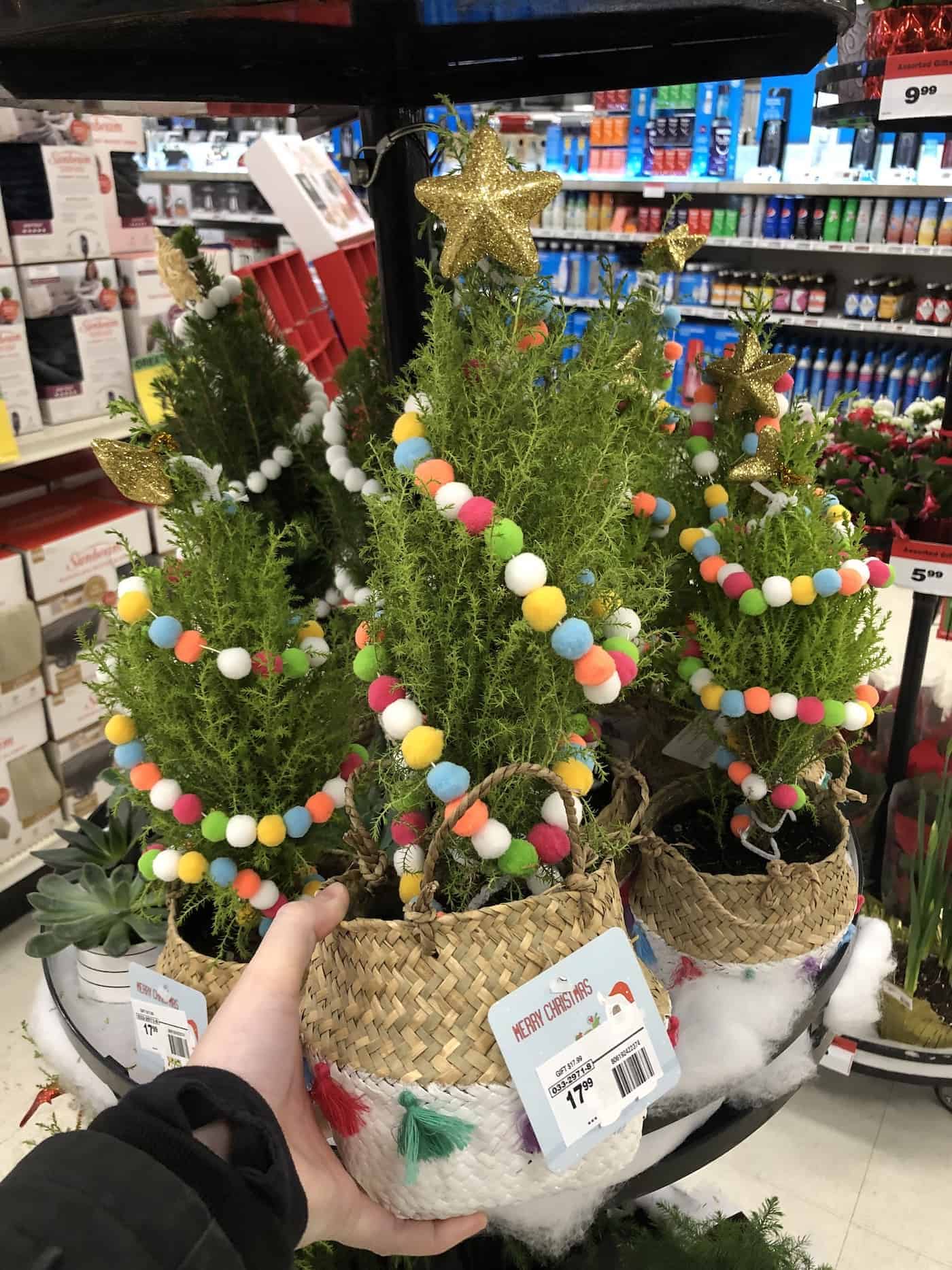
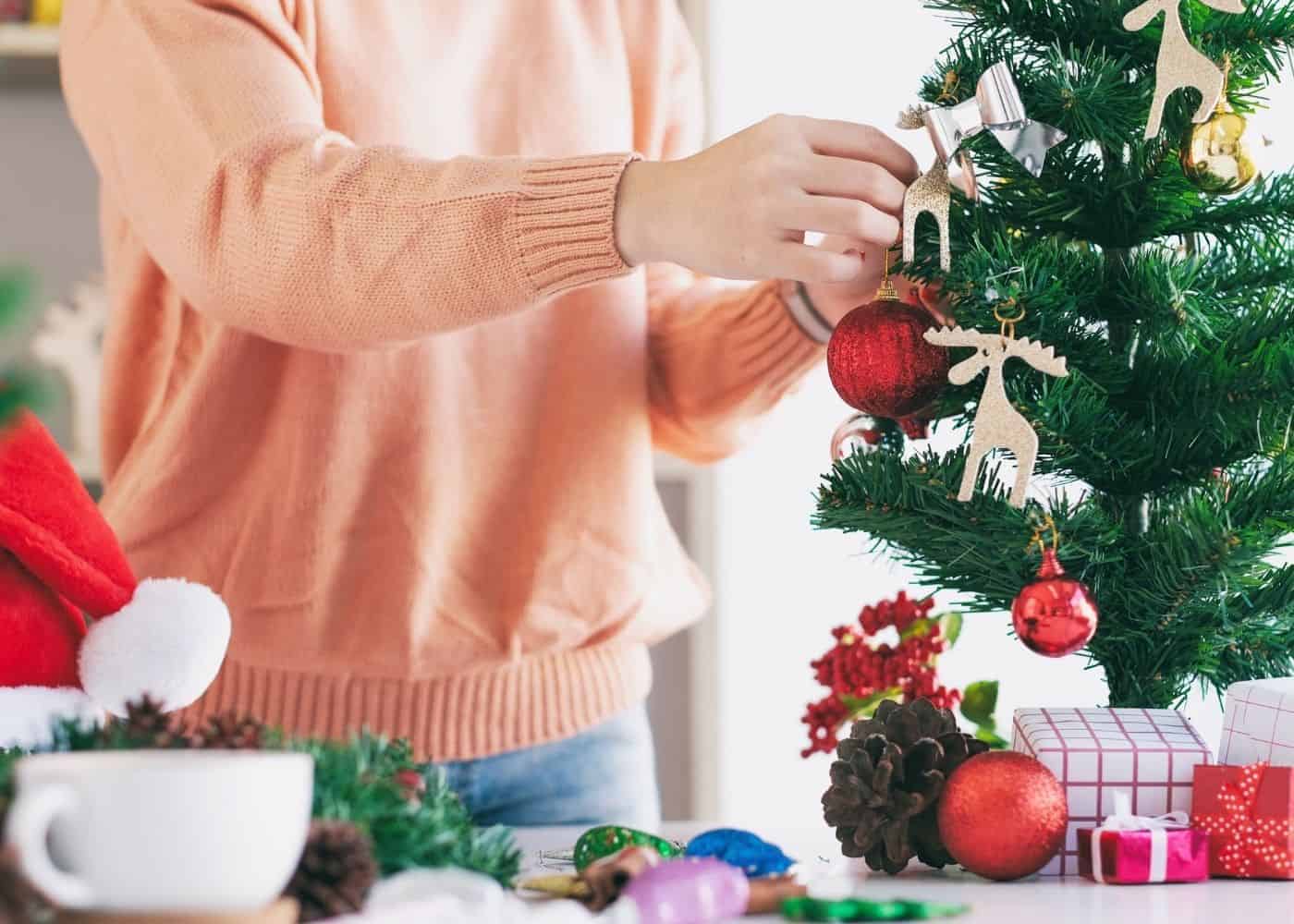
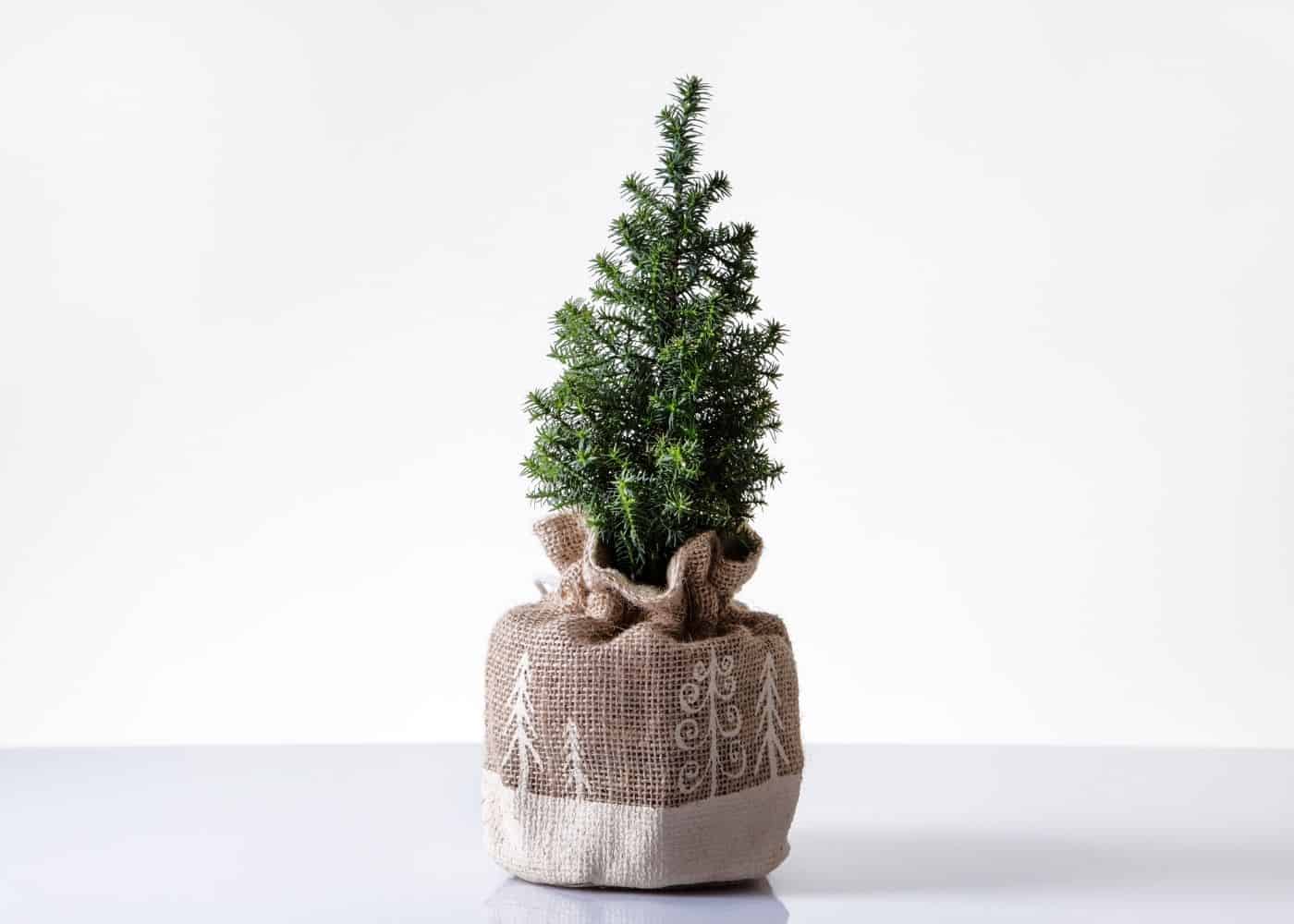
Planting mini Christmas trees outdoors after the holidays
Different types of evergreen trees can be planted outdoors once the holidays are over. Trees can be planted outdoors in the ground in climates where the ground doesn’t freeze in the winter. Planting will have to be delayed until spring in areas where the ground freezes solid during the winter.
Different types of trees grow in specific climates. If you intend to plant your mini Christmas tree outdoors after the holidays, be sure to choose a tree that will survive in your local climate zone. If you don’t know your local climate zone, check the USDA Plant Hardiness Zone Map.
Norway spruce mini Christmas trees
Norway Spruce Trees (Picea abies) grow well outdoors in climates Zones 2-7. This wide growing range includes some of the coldest areas of the country up to temperate areas where the ground may not freeze solid. While the trees are mini when purchased, this type of Christmas tree can grow to 50′-80′ tall when planted in the ground outdoors.
Douglas fir mini Christmas trees
Douglas Fir Trees (Pseudotsuga menziesii) grow well outdoors in climate Zones 4-6. This is a narrow growing range that consists mainly of areas with hot summers and snowy cold winters. Douglas Fir Trees can grow 50′-60′ tall when grown in the ground.
Dwarf Alberta spruce Christmas trees
Dwarf Alberta Spruce (Picea glauca) can be grown outdoors in Zones 3-8. These trees stay small after being planted in the soil outdoors, growing to a mature height of 8′-12′ tall.


